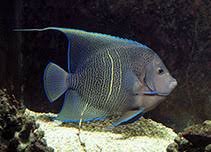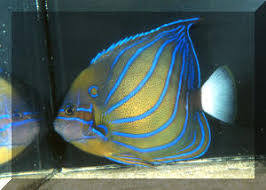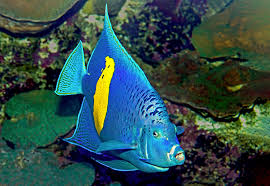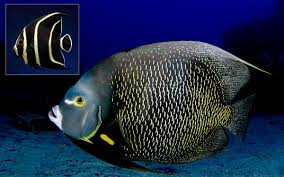The Relationship Between the Chinese Dragon and Dragon Traditions in Other Countries
Dragons have been an important symbol across various cultures for millennia, with each culture presenting its unique interpretations and attributes. The Chinese dragon, one of the most revered and ancient symbols in Chinese culture, stands out not only for its mythical power and benevolent qualities but also for the profound influence it has had on









